17 Extremely Dark Serial Killer Stories From Countries Outside The US
Warning: Disturbing and graphic content ahead.
1.England — Harold Shipman, a doctor who became known as one of the most prolific serial killers in modern history and was active from the 1970s to 1990s. Although he was convicted of only 15 murders, it is believed he actually had as many as 250 victims. Shipman would kill his victims, who were mostly elderly patients, by giving lethal doses of drugs.
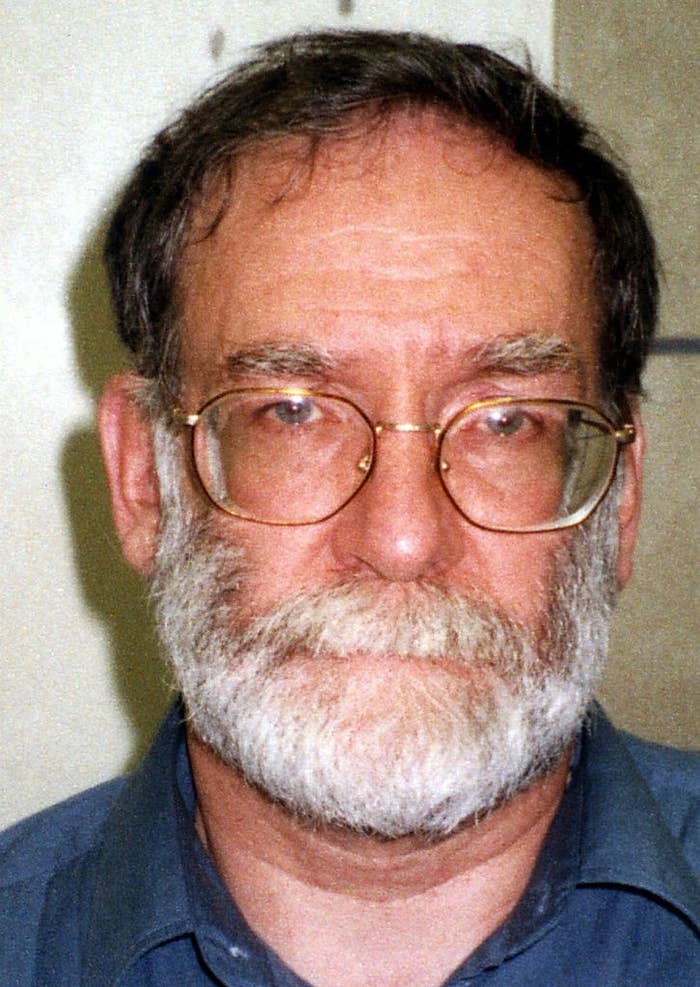
Shipman was convicted in January 2000 and sentenced to life in prison; however, no motivation was ever determined.
Shipman later died by suicide, in prison, on Jan. 13, 2004. According to the Independent, "Serial killer Harold Shipman timed his suicide so his wife could cash in a £100,000 pension payout, according to secret prison records." The article continued, "He plotted to end his life before his 60th birthday so he could guarantee Mrs. Shipman a £100,000 lump sum payment and £10,000 a year later from his GP pension. If he died after that point, she would have only been entitled to £5,000 a year."
2.Australia — John Justin Bunting, Robert Joe Wagner, and James Vlassakis, who were convicted of killing 11 people from 1992–1999 in what became known as the "bodies-in-the-barrels" serial killings. The victims' bodies were found in barrels of acid in an abandoned bank vault in the small town of Snowtown, near Adelaide. It was reported that the smell inside the vault was so bad "that police needed breathing gear."
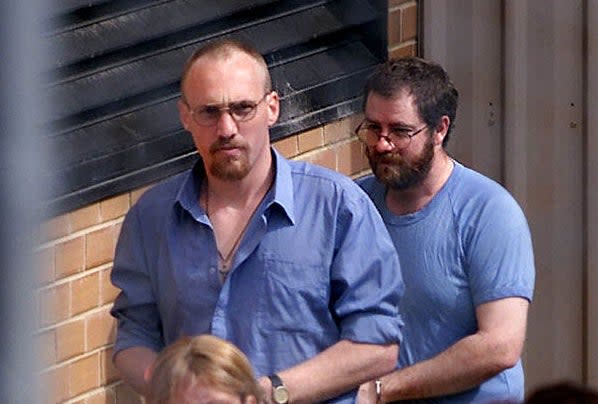
According to ABC News Australia, "The Snowtown trial was one of the biggest and longest in South Australian legal history, running for 11 months, hearing from 227 witnesses and costing about $15 million." Although no clear motivation was ever determined, it was reported that the killers "hacked some flesh from [their last victim's] right thigh, fried it up, and shared it out."
3.South Korea — Yoo Young-chul, aka the "Raincoat Killer," a convicted serial killer and self-confessed cannibal who murdered (at least) 20 people in and around Seoul from 2003–2004. When asked about his motive, he told the media, "Women shouldn't be sluts, and the rich should know what they've done."
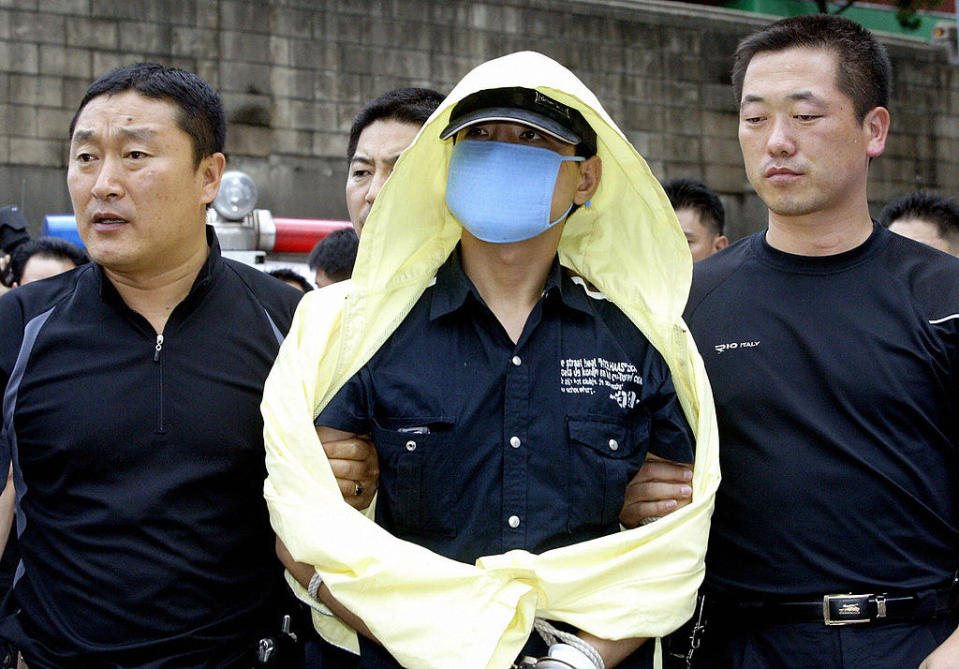
According to the Toronto Sun, “Yoo testified that in order to cleanse his spirit, he ate some of the internal organs from the bodies of four of his victims." The article continued to explain that prosecutors added in 2004, “It is difficult to believe Yoo’s statement because serial killers tend to exaggerate.”
4.Scotland — "Bible John," an unidentified serial killer who's believed to have murdered three women between 1968 and 1969 in Glasgow. The killer was dubbed "Bible John" because, according to a witness, he would quote Bible scripture.
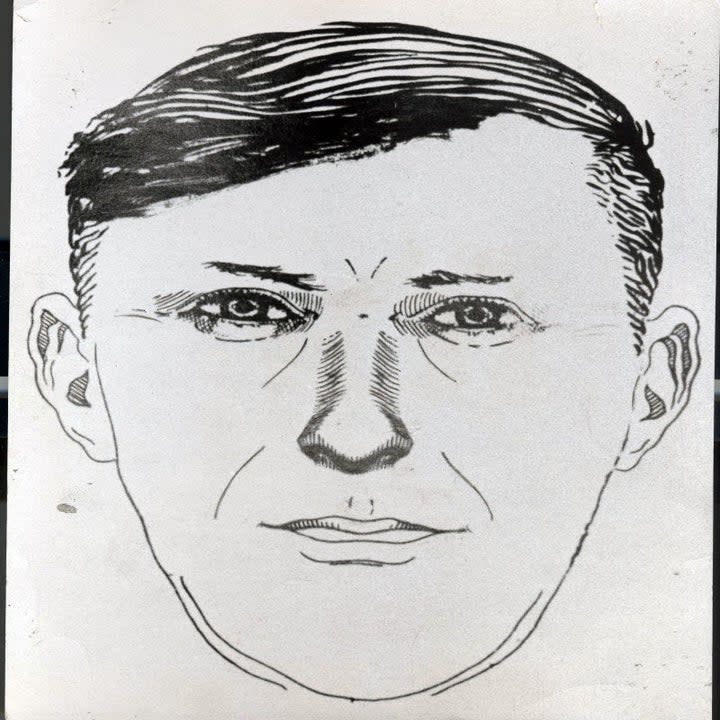
According to BBC News, "The Bible John investigation became one of the largest ever carried out by Scottish police. More than 5,000 people were interviewed — and the inquiry saw the first use of a police photofit of the suspect. But no arrests were made. One suspect's body was exhumed after the case was reopened in 1995, but he was eliminated after tests failed to find a DNA link to the killings."
5.Mexico — Juana Barraza, aka the "Little Old Lady Killer," a former professional wrestler who reportedly killed between 42–48 elderly women from the late '90s until the mid '00s — although the true number is unknown.
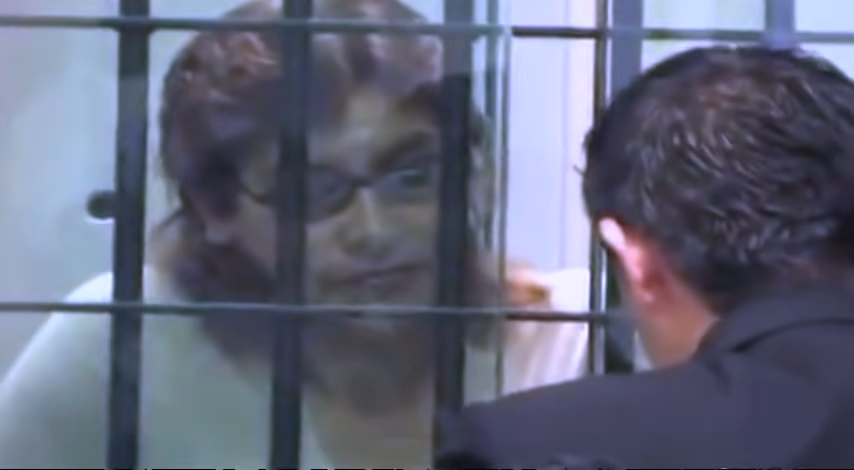
According to Inside Edition, "She terrorized senior females in Mexico City as a serial killer who strangled women with a stethoscope. She was sentenced to 759 years in prison in 2015, convicted of killing 16 women."
6.Japan — Tsutomu Miyazaki, aka the "Otaku Murderer," a serial killer who was responsible for the abduction and murder of four young girls from August 1988–June 1989. The gruesomeness of his crimes included the fact he dismembered and molested their corpses as well as engaged in cannibalism.
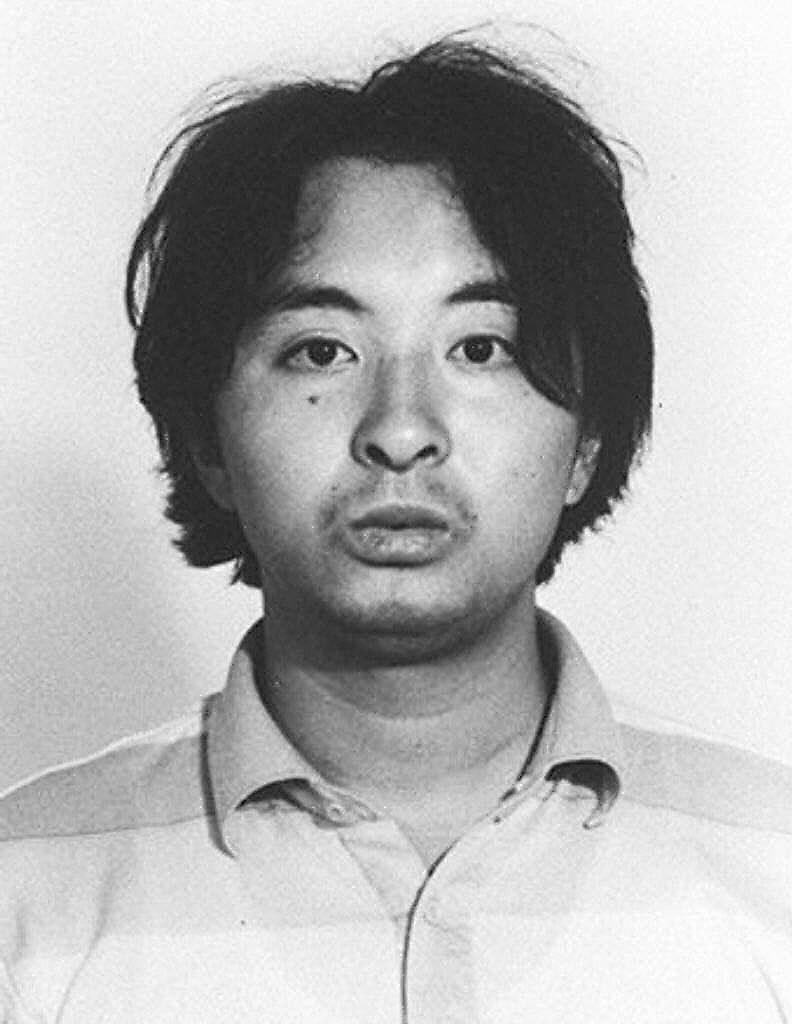
According to the Guardian, "Miyazaki's crimes provoked widespread revulsion after it emerged that he had slept next to his victims' corpses and drank their blood, left the remains of one on her parents' doorstep, and eaten the hands of another." Miyazaki was executed in June 2008.
7.Germany — Niels Högel, a former nurse and convicted serial killer responsible for at least 85 murders from 2000–2005. Since his conviction, estimates of his victim count have been as high as 300, and he is considered "Germany’s deadliest post-war serial killer."
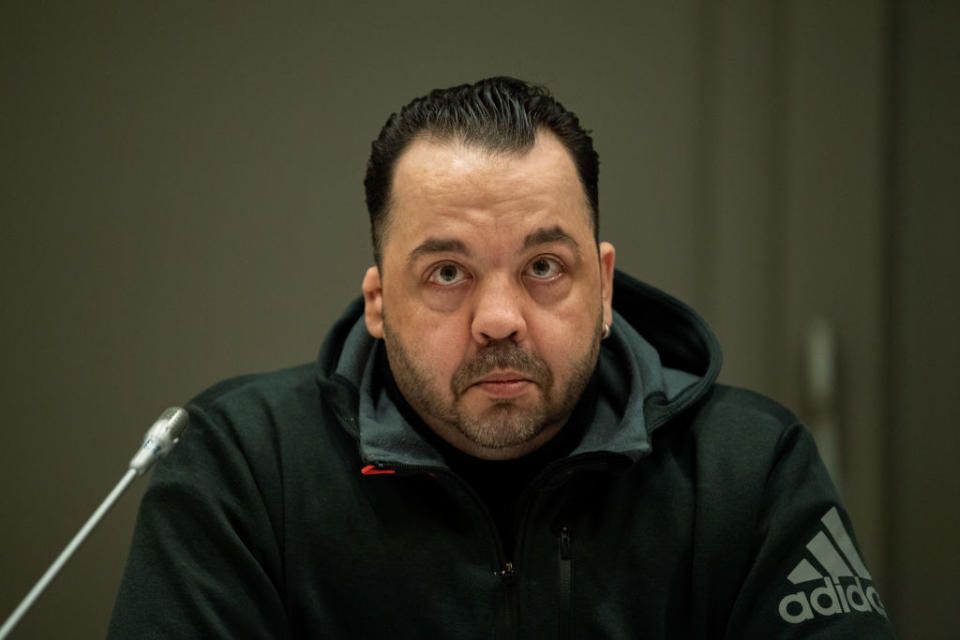
According to CNN, "Högel was accused of giving his victims various non-prescribed drugs, in an attempt to show off his resuscitation skills to colleagues and fight off boredom." He is currently serving a life sentence.
8.Canada — The "Highway of Tears" killer (or killers), which refers to a 450-mile corridor of Highway 16 in British Columbia where many Indigenous women have gone missing and/or been murdered since at least 1986.
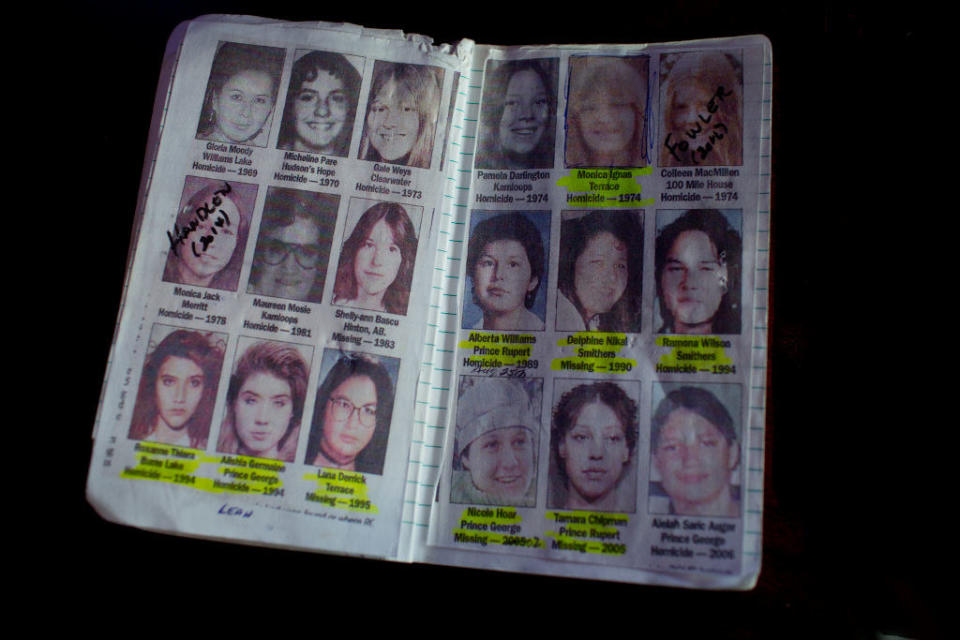
According to the Highway of Tears Governing Body, "From 1989 to 2006, nine young women went missing or were found murdered along the 724-kilometer length of Highway 16 — now commonly referred to as the "Highway of Tears." All but one of these victims were Indigenous women. Additionally, they explain, "There is still much debate over the exact number of women who have gone missing in northern BC, but many people living in the north believe that the number exceeds 30."
9.India — The "Stoneman," an unknown serial killer who murdered at least 26 people experiencing homelessness, while they were asleep, in the mid to late '80s. The moniker comes from the fact that the killer would crush the victims' heads with a large stone.
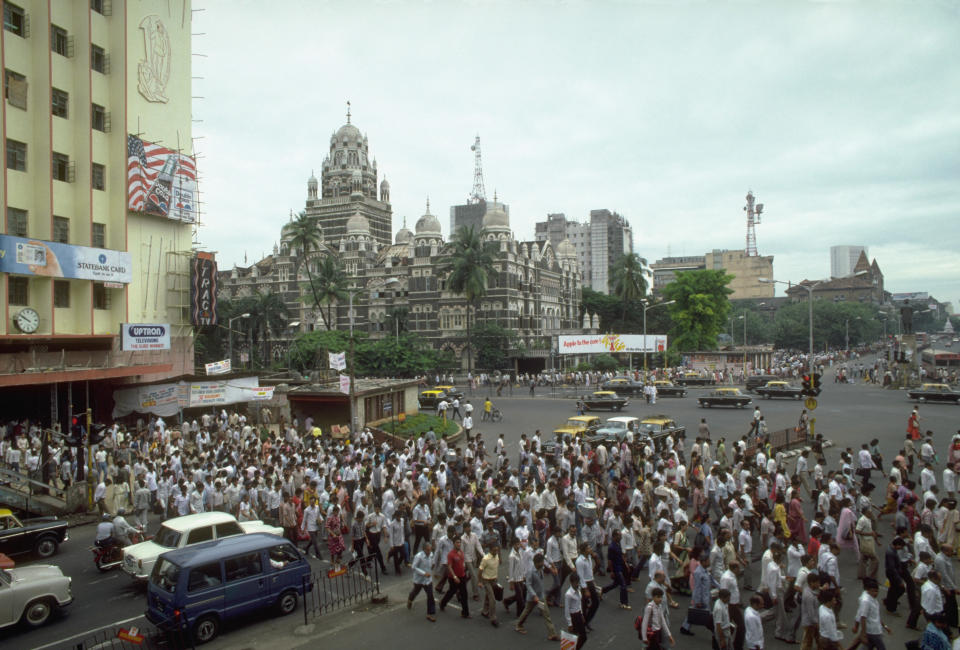
According to Yahoo News, the Stoneman was active from 1985 until 1988 in Mumbai. However, in 1989, a similar series of murders started happening in Kolkata.
10.Turkey — Yavuz Yapıcıoğlu, aka the "Screwdriver Killer," who, as the name suggests, used a screwdriver to kill his victims. Yapıcıoğlu is considered one of the most prolific serial killers in Turkish history, having killed at least 18 people from 1994–2002.

Reportedly, according to eyewitnesses, he may have killed as many as 43 people. Yapıcıoğlu was sentenced to 44 years in prison for his crimes.
11.Belgium — The "Butcher of Mons," an unidentified serial killer who is believed to have killed at least six women in or around Mons between January 1996 and July 1997. The victims' bodies were dismembered with "anatomical expertise," and various body parts were left in "neatly tied" bags.
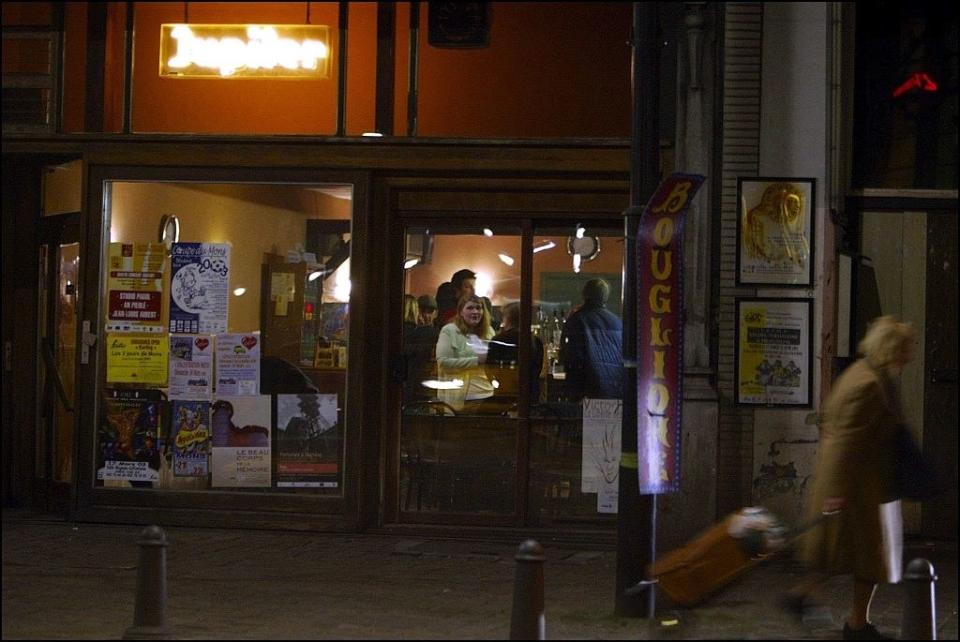
According to a report by the Guardian, a police spokesman at the time said, "This is clearly the work of a highly intelligent, ritual psychopath, as you can see from the way the body parts are cut, the way they are wrapped, and the places in which they are deposited." The same article reported some of the bags had been found in locations with suspiciously specific names like "Worry Street" and "Deposit Street."
12.Colombia — Luis Garavito, aka "La Bestia" ("The Beast"), a serial killer, sex offender, and necrophile who confessed to the violent murders of at least 140 minors, mainly young men and boys, during the '90s.
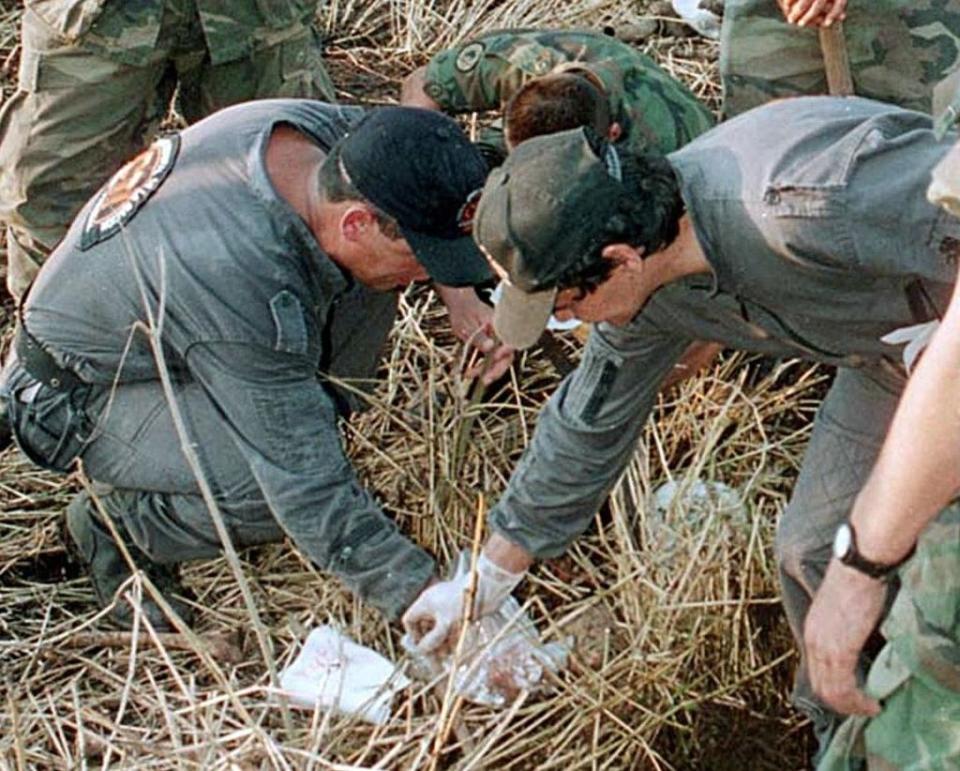
According to the Guardian, "To his child victims the killer would appear in different disguises: as a beggar, a cripple, and as a monk. Only 114 of the bodies have been found. The victims were mostly poor, and many were the children of street vendors. They were often left unattended in parks or worked at city stoplights soliciting money from motorists."
13.Russia — Mikhail Popkov, aka the "Werewolf," a former police officer and serial killer, rapist, and necrophile who murdered at least 78 girls and women from 1992–2010 in different parts of Russia.
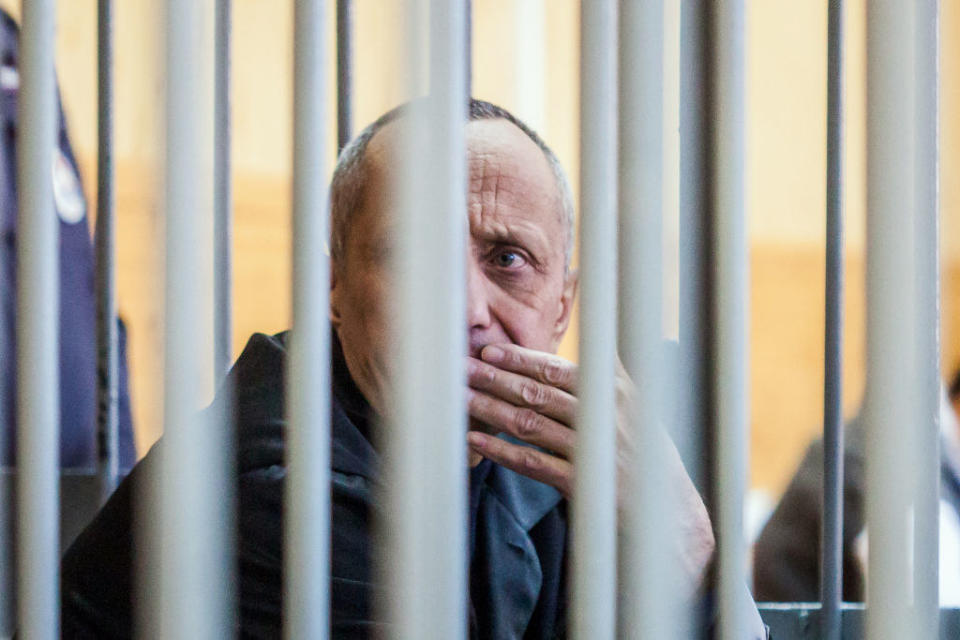
According to the India Times, "He was found guilty in December 2018, at the age of 54, of 56 murders. He was already in jail for 22 killings. Between 1992 and 2007, he raped and killed women with an axe or hammer after offering them late-night rides, sometimes in his police car. He also killed a male policeman."
14.Namibia — The "B1 Butcher," a serial killer who murdered at least five women between 2005–2007 and was never identified. The killer was dubbed the "B1 Butcher" by the media because the victims' remains were found near the Namibian National Road B1.

According to the Namibian newspaper the Villager, "The police arrested an unnamed German-born Namibian as a suspect but had to let him go for lack of evidence."
15.China — Yang Xinhai, aka the "Monster Killer," a serial killer who confessed to murdering 67 people from 1999–2003. Allegedly, his motivation for the killings was "revenge against society," after a breakup.

According to BBC News, "He used a hammer to carry out some of the attacks in four provinces, sometimes murdering entire families. Some reports suggested he was angry after being rejected by his girlfriend, but others said he was a motiveless killer who simply enjoyed death." Yang was executed in 2004.
16.Argentina — Carlos Eduardo Robledo Puch, aka "The Angel of Death," a convicted serial killer who came from a wealthy family and murdered 11 people in the greater Buenos Aires area in the early 1970s.

According to Rolling Stone, "He never gave a motive for his crimes, seemingly killing indiscriminately, as two of his victims were asleep at the time of their deaths. These nighttime visitations helped earn him the nickname of the 'Angel of Death.' A judge eventually deemed him a psychopath, to which he replied, 'Someday, I'm going to get out and kill you all.' He was sentenced to life in prison in 1980 and has never been granted parole."
17.Italy — The "Monster of Florence," an Italian serial killer (or killers) active in the areas in and around Florence from 1968–1985. Their killings were so shocking they inspired the creation of the character Hannibal Lecter.

According to the Guardian, "The novelist Thomas Harris, sitting in on the original hearings, seemed to share suspicions that a society figure had masterminded the gore and so made his fictional killer, Hannibal Lecter, a psychiatrist."

 money
money 